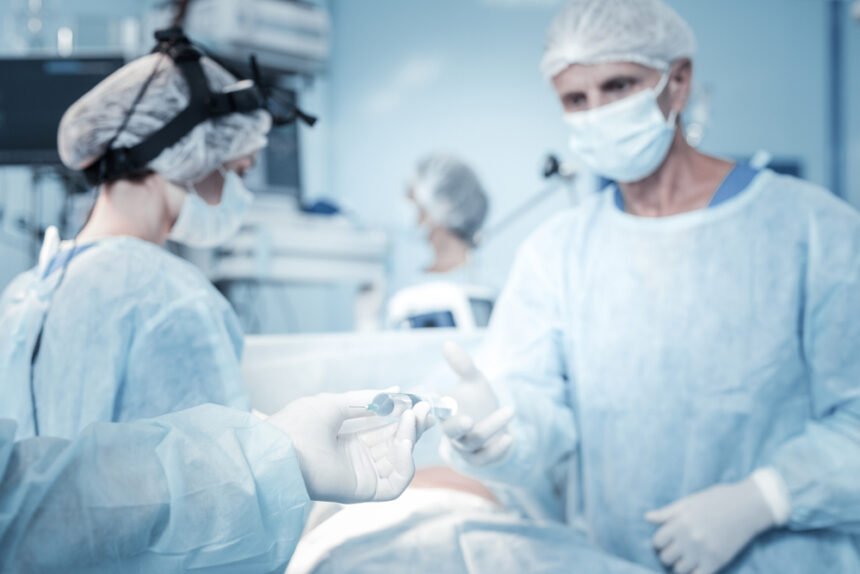According to a report by CNN, life expectancy will increase throughout the globe by 2030. And average ages for girls born in 2030 will move toward 85 in many countries.
A large factor in the increased lifespan is the improvement in the screening of cancers and targeting various conditions at an early stage. Additionally, medical advances mean a higher rate of survival for conditions that might have proved fatal in years past.
Here are the most important medical procedures that increase the quality of life and life expectancy for those in their 50s.
Dental implants
According to LaneFamilyDental.com, a dental office in Wasilla, AK, “Every day, more and more people are choosing to use dental implants to fill in the gaps left by missing teeth. Bridgework and dentures can look nice, and with new technology and materials in the dental field, they can look very natural. However, dental implants have advanced to the point where it can be difficult to tell an implant from a natural tooth. Dental implants are particularly desirable when only one tooth needs to be replaced.”
Harvard Health states that the condition of one’s mouth is firmly connected to the overall health of one’s body. Because the ability to chew is essential for a diet robust in a wide range of foods and nutrients, which is essential for the health of those in mid-life.
Colonoscopy
For many individuals, the 50th milestone year is a signpost for a colon cancer screening. Colon cancer, if discovered in its early stages, is one of the more treatable cancers. The Colon Cancer Alliance reports that colon cancer leads as the second most common cause of cancer death in both men and women.
A reason for the low rate of those who undergo this procedure may be due to the preparation leading up to it. The colon must be empty; thus laxatives are prescribed, and one must schedule time for several hours in the bathroom.
Medical professionals suggest that up to a week prior to a colonoscopy, the individual switch to foods that are easy to pass. And avoid foods such as raw vegetables, fatty foods, and meats that are tough to chew.
Eye exams
Individuals at age 50 often begin to see a decline in visual acuity. This manifests in squinting to read text or difficulty with focusing on objects near or far, depending on one’s personal eye condition.
In order to develop a care plan to halt degeneration, an eye exam is vital. An ophthalmologist will be able to help the individual with a prescription for their current acuity. And give tips and pointers on how to care for their eyes, dependent on his or her needs. General pointers for eye care include the following:
- avoiding secondhand smoke
- not smoking oneself
- wearing sunglasses
Additionally, there are certain foods that help protect the eye’s optic nerve. As well as counteract various age-related eyesight degeneration.
Routine yearly checkup/exam
A routine physical with a family doctor once a year can help an individual keep track of weight, blood, and heart issues. Once a baseline is established, returning yearly can show whether certain areas of one’s health need a tune-up.
These are among the areas checked in a routine exam:
- BMI – calculation of body mass index based on weight and height and could indicate whether the individual is at risk of weight-related issues.
- Waist measurement – waist measurements can show whether an individual is at a risk of diabetes, metabolic syndrome, or other conditions.
- Blood pressure – a blood pressure reading can provide insight into one’s cardiovascular health.
- Blood tests – reveal information on one’s liver, thyroid, blood sugar levels, and cholesterol.
There are other screenings that, while not needed yearly, should be done at least once. And yearly exams are the perfect opportunity for those who have yet to complete such screenings.
- Hepatitis C – HCV deaths and illnesses can be prevented if the virus is detected as soon as possible.
- Breast cancer – The American Cancer Society suggests yearly mammograms for those between the ages of 45 and 54. Those over the age of 55 can reduce this to once every two years, depending also on their personal doctor’s recommendations.
For women, a pelvic exam is also good to have every other year if the individual is healthy. Yearly, or as often as needed, if the individual’s doctor recommends otherwise.

